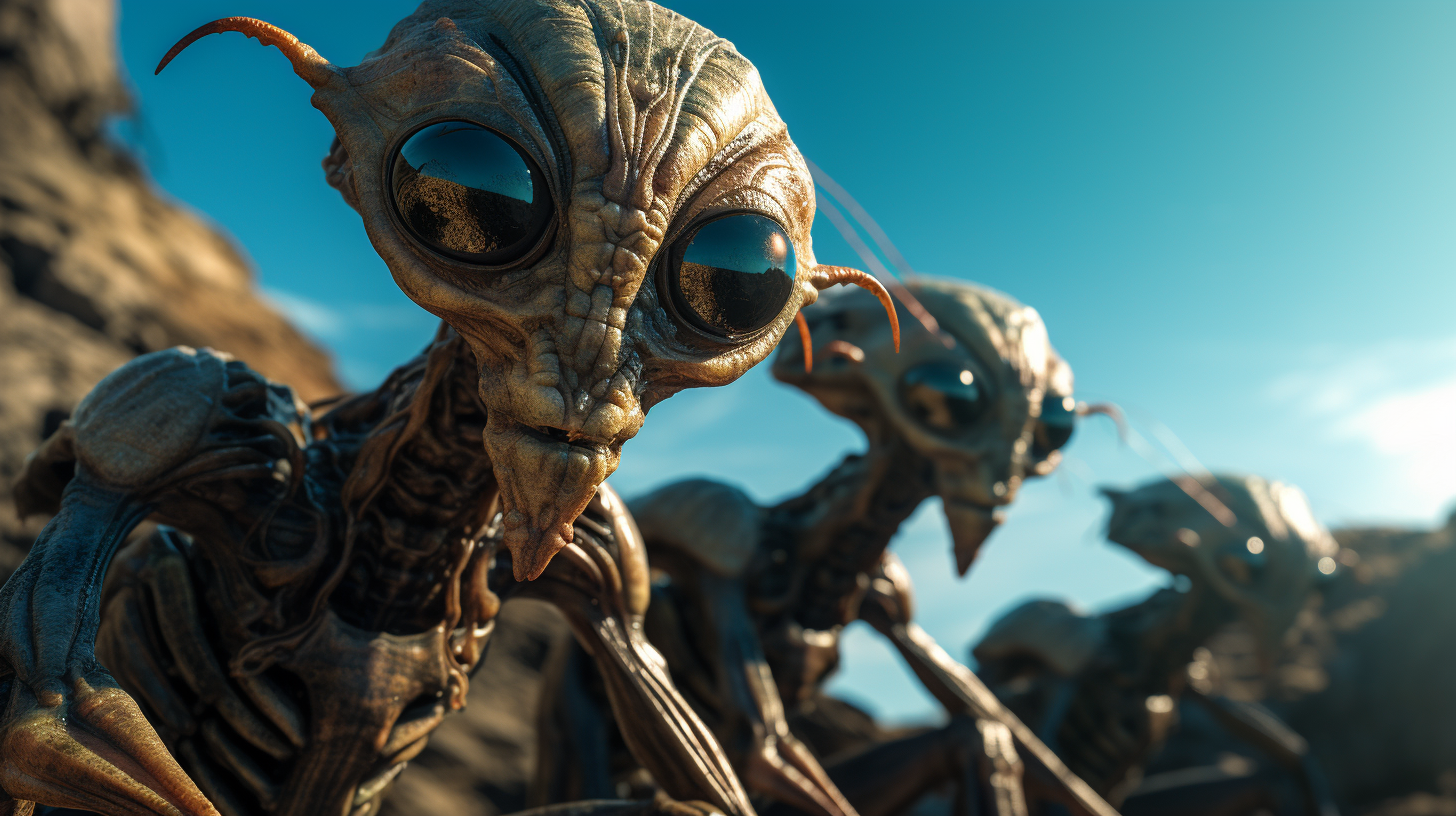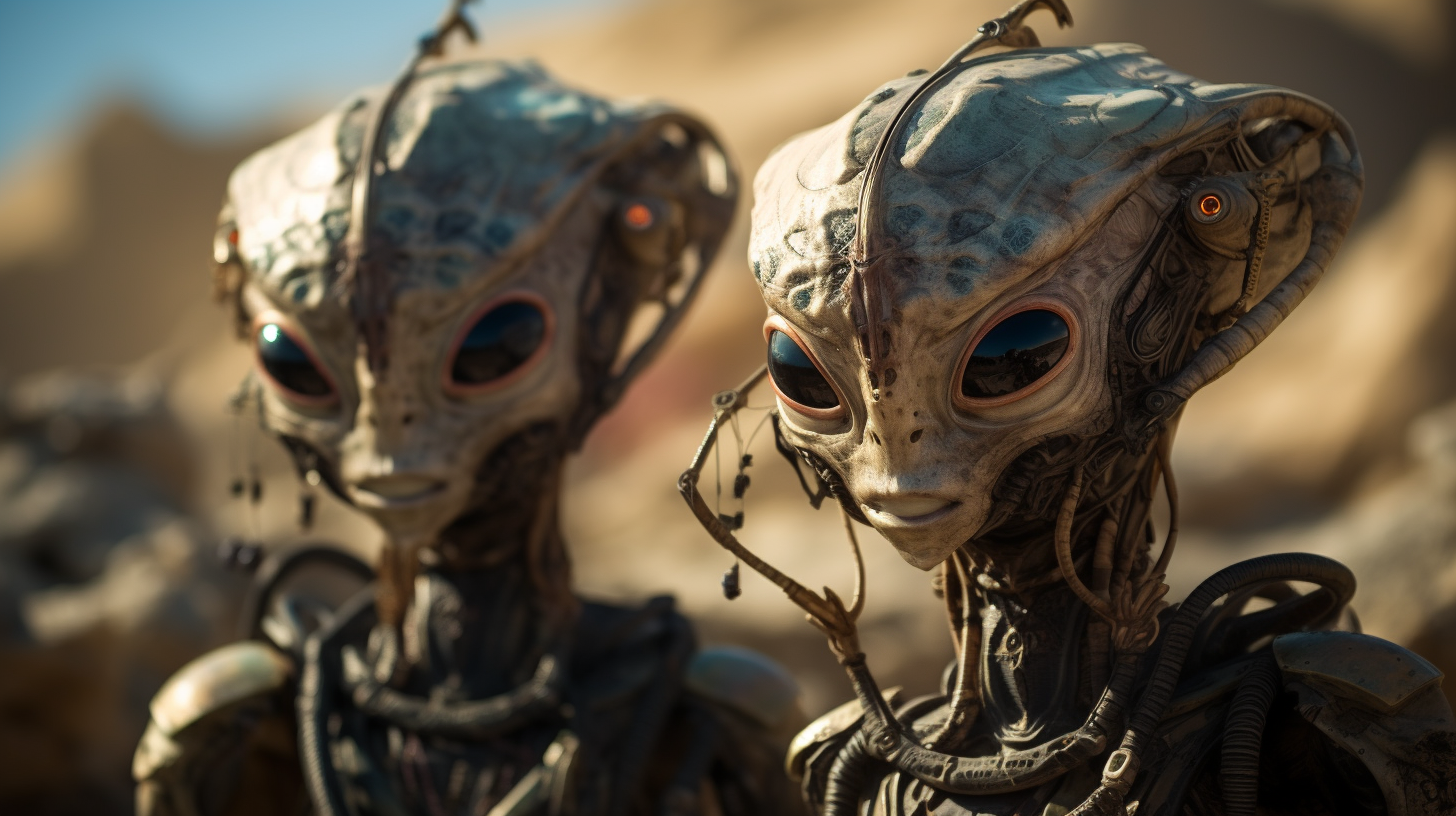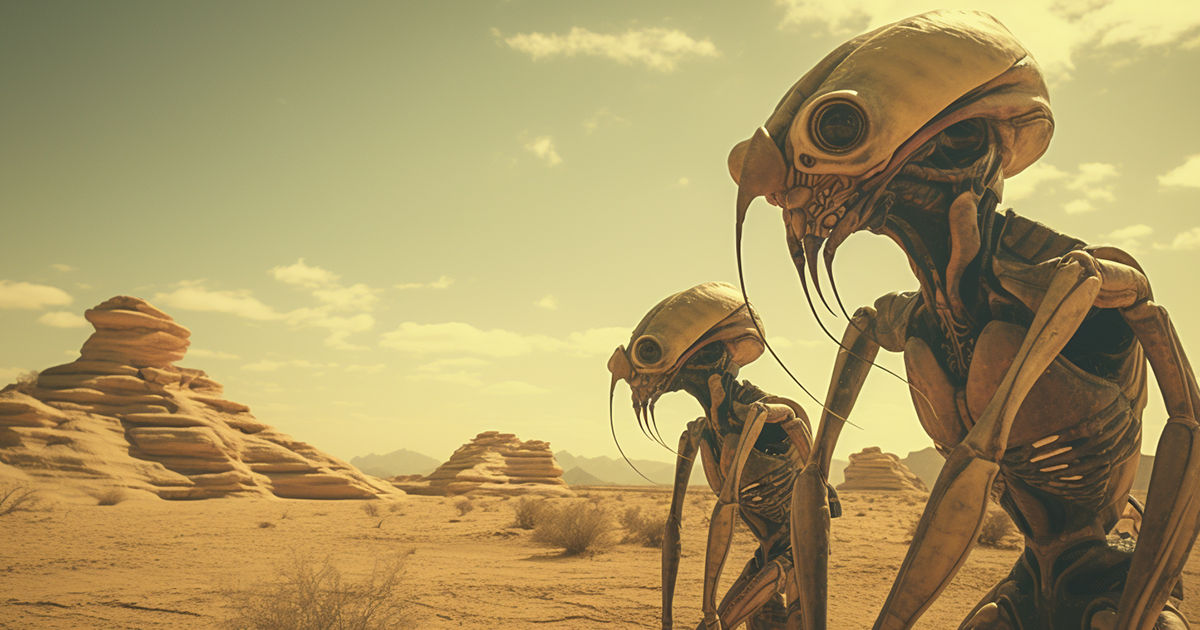Back in February 2013, a momentous announcement shook the world of astronomy. Researchers based at the Harvard-Smithsonian Center for Astrophysics in the vibrant city of Cambridge, Massachusetts, unveiled a groundbreaking discovery following a comprehensive analysis of data captured by NASA’s Kepler space telescope.
The findings were truly remarkable – it came to light that a staggering 6% of red dwarf stars harbored planets with conditions strikingly similar to our beloved Earth.
This revelation sparked intense conversations and debates among the scientific community and space enthusiasts. It reignited ancient inquiries about the existence of life beyond the confines of our solar system. The mere thought that life could potentially thrive on planets orbiting these enduring red dwarf stars ignited a spark of wonder in our collective consciousness.
One particularly intriguing aspect of this discovery is the notion that life on these distant exoplanets might be radically diverse from the lifeforms we are familiar with on Earth. Evolution, the driving force behind the array of life on our planet, could have unfolded in completely novel ways under alternate cosmic scenarios.

According to the insights shared by Dr. Peter Ward, “The environment plays a crucial role in shaping the evolutionary path of organisms. Consequently, it is conceivable that evolution occurring on disparate planets may adhere to similar principles but materialize into vastly different outcomes.”
This notion unravels a mesmerizing array of possibilities. Intelligence, a characteristic molded by the imperative to survive, could have emerged from a multitude of creatures ranging from reptiles to quadrupeds, or even entities reminiscent of mollusks.
Though the underlying impetus may be uniform, the resulting anatomical configurations could be wildly divergent.
Contemplating the prospect of intelligent entities manifesting in varied forms echoes the ancient tales of extraterrestrial visitors. Delving into historical accounts of encounters with beings from beyond, we encounter entities donning bird-like heads, canine features, and even attributes reminiscent of reptiles.
Could it be that these assorted forms are the adaptations of sentient beings to the unique conditions of their homeworlds? The possibilities are infinite.

The field of Ufology, dedicated to investigating unidentified flying objects and extraterrestrial life, introduces us to a myriad of alien varieties documented by eyewitnesses. From winged humanoids reminiscent of Mothman or the Houston Batman, to insectoid beings resembling colossal insects, and even bipedal reptilian creatures, the diversity in descriptions is truly captivating.
The tantalizing idea that the cosmos could be teeming with intelligent life forms, each uniquely adapted to their native environments, is enthralling.
Dr. David Wilcock points out the striking parallels between ancient depictions of avian-human hybrids in Sumerian art and elongated-skulled figures in Egyptian paintings, and contemporary testimonies of encounters with extraterrestrial beings. These resemblances hint at the enduring presence of these mysterious beings throughout history.
Video:
As we gaze into the boundless cosmic expanse, a profound realization dawns upon us. The universe, adorned with myriad red dwarf stars and potentially inhabitable planets, serves as a canvas upon which the tapestry of life unfolds in diverse and awe-inspiring ways.
The thought of intelligent beings, each shaped by the distinctive circumstances of their respective worlds, coexisting within this cosmic tapestry is indeed a source of wonder. Embracing this notion, we remain ever-curious, standing at the edge of discovery, ready to explore the astonishing breadth of life beyond our solar system.
